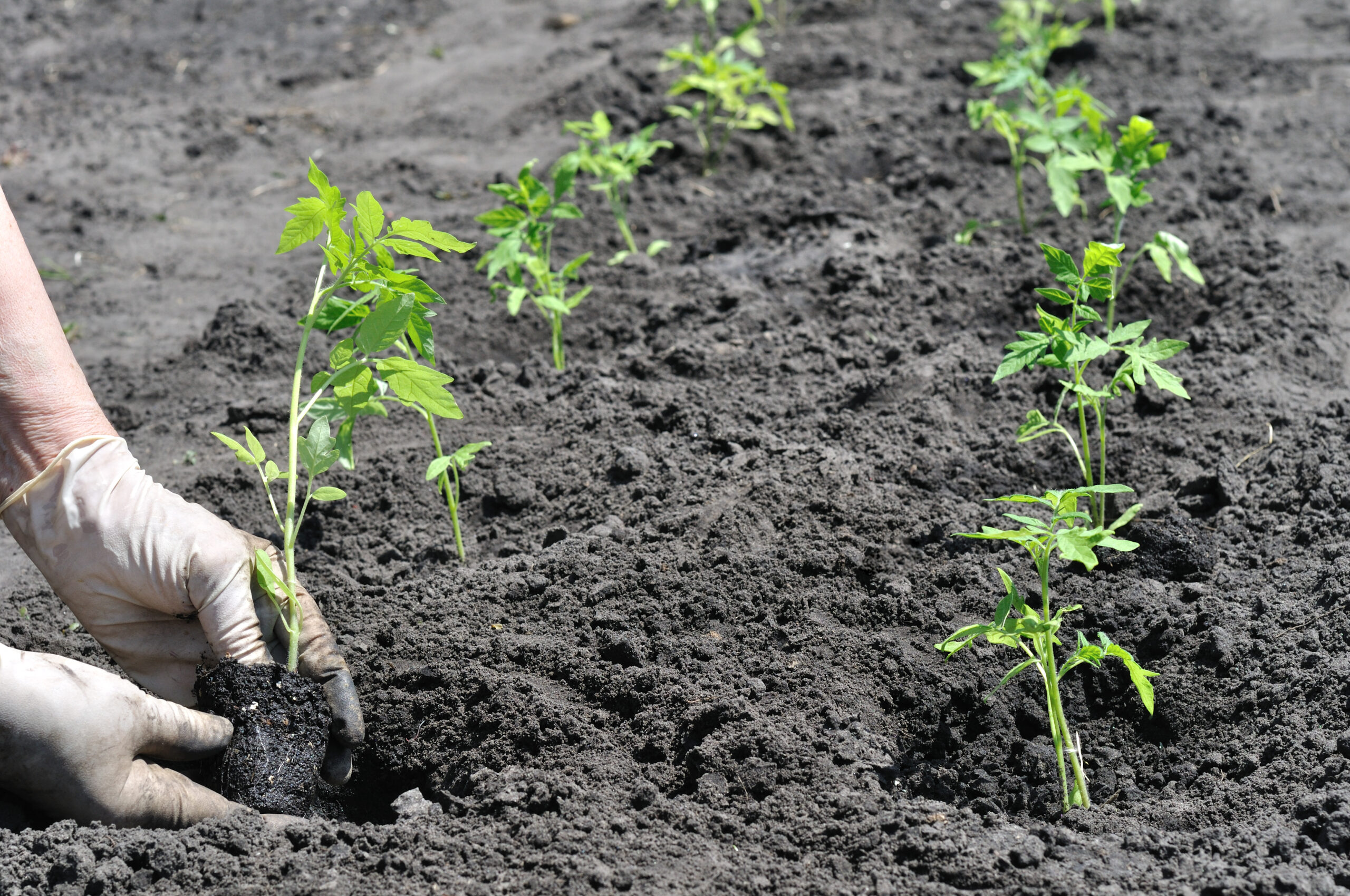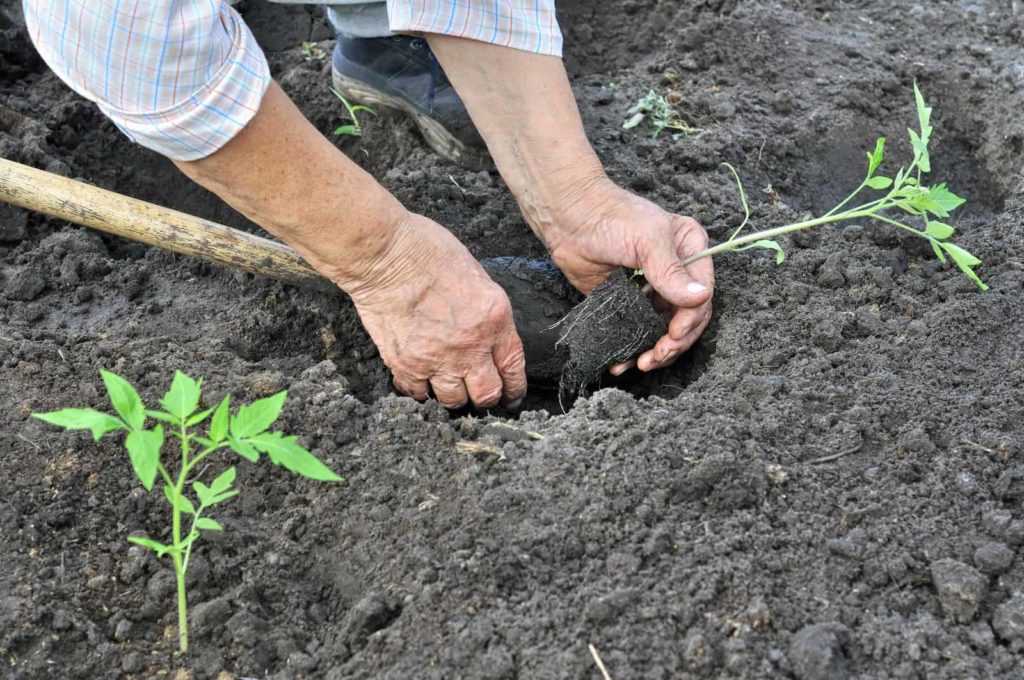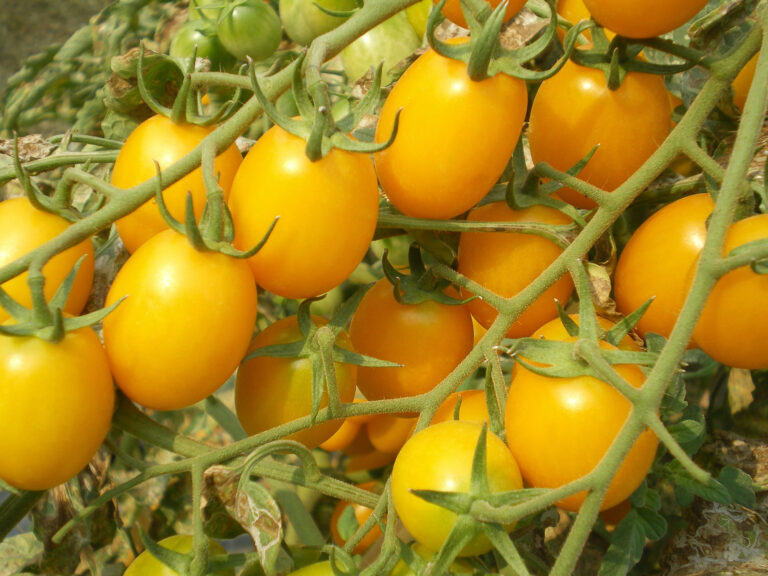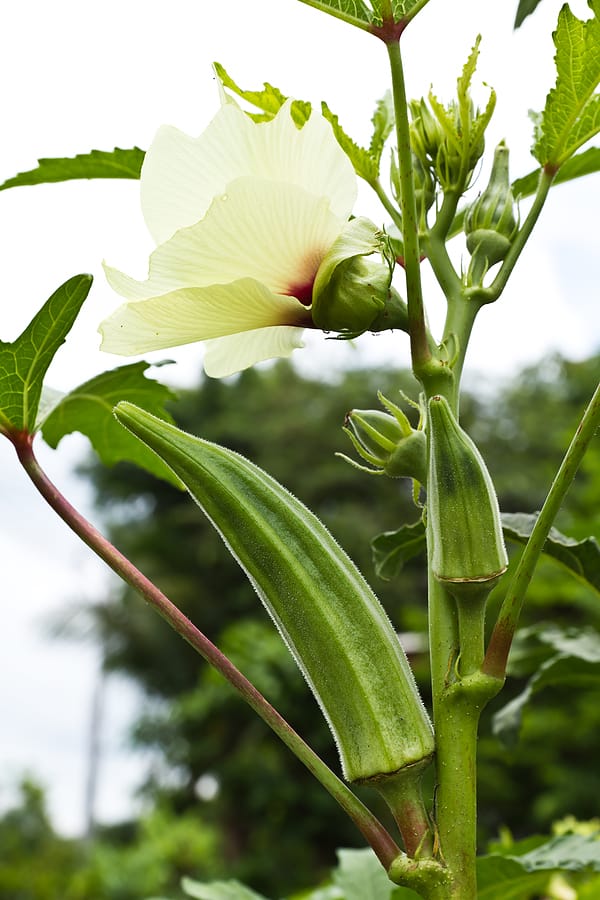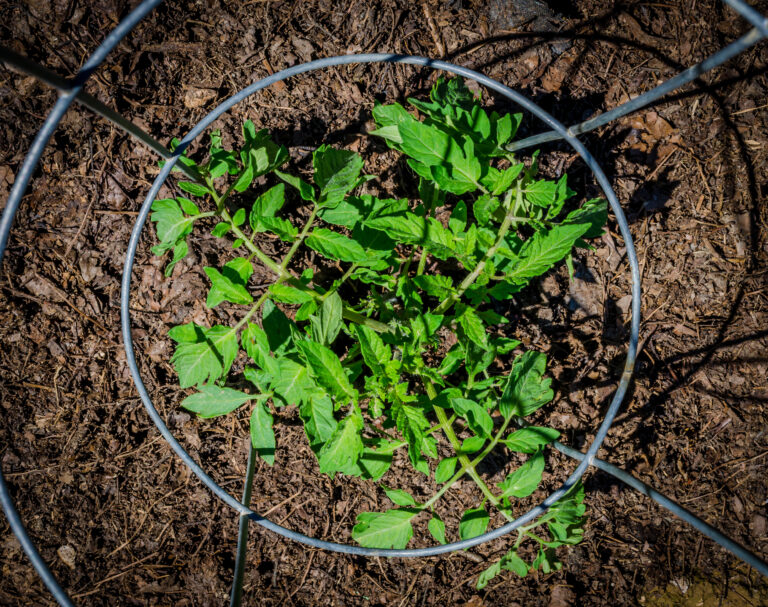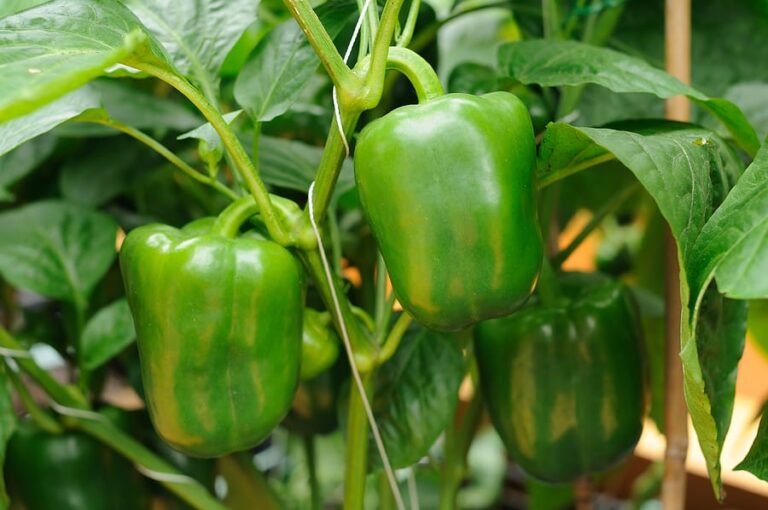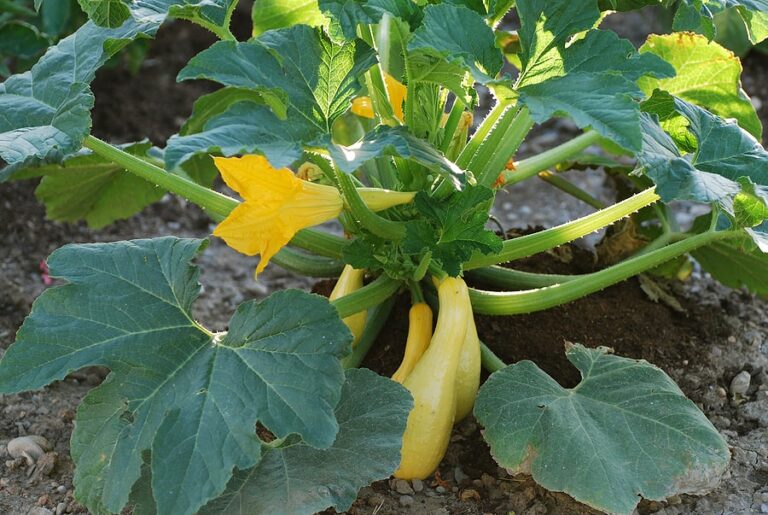How to Transplant Tomato Seedlings: A Gardener’s Guide
Transplanting tomato seedlings into the garden is a critical step in ensuring a bountiful harvest. Over the years, I’ve learned that timing, technique, and proper care make all the difference between thriving plants and stunted growth. Here’s my tried-and-true method for getting tomatoes off to the best possible start.
When to Transplant Tomatoes
The best time to transplant tomato seedlings is when your garden soil has warmed to at least 60°F (16°C)—which is usually about two weeks before the last expected spring frost. However, tomatoes are sensitive to cold, and nighttime temperatures should consistently stay above 50°F (10°C) before you plant them outside.
🌱 Personal Tip: One year, I planted my tomatoes too early, thinking a few chilly nights wouldn’t matter. They survived, but their growth was sluggish for weeks. Since then, I always check soil temperature with a thermometer before transplanting—it’s an easy step that prevents stress on young plants.
Hardening Off: Preparing Seedlings for the Outdoors
Before transplanting, seedlings need to adjust to outdoor conditions. This process, called hardening off, strengthens plants by gradually exposing them to sunlight, wind, and fluctuating temperatures.
How to Harden Off Tomato Seedlings:
- Start a week before transplanting.
- Place seedlings outdoors in a shaded area for one hour on the first day.
- Each day, increase the time outside by 1-2 hours, gradually introducing them to direct sunlight.
- By the end of the week, seedlings should be able to handle full sun and outdoor conditions.
🌱 Personal Tip: I like to place my seedlings on a covered porch or under a tree for the first couple of days, slowly moving them to sunnier spots. This prevents leaf scorch and reduces transplant shock.
Best Time of Day to Transplant Tomatoes
The best time to plant tomatoes is midafternoon when both the soil and air have warmed up. Avoid transplanting in the early morning when plants are still recovering from cooler nighttime temperatures.
How to Transplant Tomato Seedlings
1️⃣ Choose the Right Planting Spot
- Tomatoes love warmth, so pick a sunny location with at least 6-8 hours of direct sunlight daily.
- If your garden tends to stay cool, planting near a south- or west-facing wall helps retain heat.
2️⃣ Dig the Planting Hole
- For determinate (bush) tomatoes: Space plants 12-24 inches apart.
- For indeterminate (vining) tomatoes: Space them 24-36 inches apart to allow room for staking or caging.
- Dig a 6-inch hole, but prepare to bury more of the stem for a stronger root system.
3️⃣ Prepare the Seedling
- Select tomato plants with 5 to 7 true leaves—this indicates they’re mature enough to be transplanted.
- Remove the lower leaves to encourage strong root growth.
4️⃣ Bury the Stem Deeply
Tomatoes develop roots along their buried stems, so planting them deeply leads to a stronger, more resilient root system.
- Standard Planting Method: Set the plant deep into the hole, leaving only the top 2-3 sets of leaves above ground.
- Trenching Method (for tall seedlings): Lay the stem horizontally in a shallow trench, bending the top upward. Roots will grow along the buried stem, making the plant sturdier.
🌱 Personal Tip: I often use the trenching method for leggy seedlings—it prevents them from toppling over and helps them establish faster.
Boosting Growth with Soil Amendments
For healthy, productive tomato plants, I always add these natural boosters to the planting hole:
✔️ A handful of aged compost – Provides nutrients for steady growth.
✔️ ½ handful of bone meal – Encourages strong root development.
✔️ A pinch of Epsom salt – Adds magnesium for robust plant growth.
✔️ Crushed eggshells or oyster shells – Prevents blossom-end rot by supplying calcium.
🌱 Personal Tip: I started adding eggshells years ago after experiencing blossom-end rot on my tomatoes. Since then, I’ve rarely had the issue!
Watering & Protecting New Transplants
💧 Water Immediately: Give seedlings a good soak right after planting. I sometimes mix in a B-1 transplant solution to reduce shock.
🌡 Protect Against Cold & Wind:
- If the weather is still unpredictable, wrap plastic sheeting around tomato cages to shield young plants.
- Remove covers once nighttime temperatures stay above 55°F (13°C) to avoid overheating.
Pro Tips: When to Transplant Tomatoes Into the Garden
Don’t rush the growing season by putting tomatoes in the garden too soon. Nighttime temperatures below 55°F can cause blossoms to drop and prevent fruit from setting. If temperatures are going to dip, you need to protect young tomatoes with cloches or plastic tunnels. (Always plant tomatoes in your garden’s warmest spot. If your garden temperatures run cool, plant tomatoes near a south or west-facing fence or wall. The heat taken up by the wall during the day will warm your tomato plants by night.)
Planting time in short-season climates. If you live in a region where the growing season is short, choose extra-hardy, early-maturing tomato varieties.
Pro Tips: Selecting Garden Center Seedlings
Tomato seedlings can be purchased at garden centers. Select plants 6 to 8 weeks old, usually in a 4-inch (10 cm) pot. Check the bottom of the pot to make sure roots are not growing through and the plant is not root bound. The best seedlings are short bushy plants with dark foliage and no flowers.

Pro Tips: Transplanting Tomato Seedlings to the Garden
Tomato plants can be transplanted into the garden once the garden soil temperature has reached 60°F; that will be about 2 weeks before the last spring frost date. A week before you plan to transplant your tomatoes into the garden set them outdoors for an hour each day, then two, then three. Over the course of several days, you will expose the plants to outdoor conditions; this is called “hardening off” – which means preparing plants for their life outdoors.
Tomato seedlings that have 5 to 7 true leaves are ready for planting out in the garden—but be sure the garden soil temperature is greater than 50 degrees F. If the soil is chilly, warm it by placing black plastic sheeting over the planting row. Cut an X in the plastic to set seedlings in the soil.
Set out tomato seedlings in midafternoon after the air and soil have warmed for the day. Seedlings set out on cold mornings are more susceptible to chilling injury—their metabolic reserves have been depleted overnight.
Transplant tomato seedlings 12 to 24 inches (30–60 cm) apart for a determinate or bush variety and 24 to 36 inches (60–90 cm) apart for indeterminate or climbing varieties. Place tomatoes into a 6-inch (15 cm) hole, allowing 4 inches (10 cm) of the plant to remain above the soil. Clip off leaves below the soil line. The plant will form added roots on the buried stem.
Plant tomato seedlings deeply—you can nip off all but two or three branches and bury the rest of the stem. If the soil is cold, lay most of the stem on its side in a shallow trench; this will create a strong root system. Mulch with aged compost around tomato plants once the soil has warmed.
Add a few pinches of Epsom salts in the planting hole. Epsom salts are rich in magnesium which is important for strong cell growth.
- Garden soil is usually warm enough for tomato transplants about 2 to 3 weeks after the last frost in spring.
- Tomato seedlings can be transplanted into the garden when the outdoor soil temperature is at least 55°F (13°C) and the nighttime air temperatures are consistently 50°F (10°C) or warmer.
- Set young plants out protected from direct sun during the day for two weeks to harden off and acclimatize before transplanting. This is called hardening off.
- Plants will not thrive in temperatures cooler than 50°F (10°C). If an unexpected frost threatens, transplants must be covered and protected.
- Set a tomato transplant into the garden deeper than it was growing in its pot. Remove the lower leaves on the stem up to the top two sets of leaves. Bury the stem up to the top two sets of leaves. New roots will grow on the buried stem. Burying stems at transplanting will make for sturdier plants.
- Water newly transplanted seedlings. Give transplants a B-1 solution to guard against transplant shock.
Protecting transplants
If the weather is unpredictable, wrap plastic sheeting around each tomato cage once plants are in the garden; this will protect young plants from drying winds and cool night temperatures. Once temperatures stabilize—and night temperatures do not dip below 55°F—you can remove the plastic wrap to avoid overheating.
ProTips: Trenching Tomato Seedlings
Tomato seedlings can be transplanted into the garden using a planting method called trenching.
When transplanting, lay the tomato plant on its side in a trench as long as the seedling is. Bury the stem vertically or horizontally (called “trenching”) so that only the top two leaves show. Strip off the leaves below the top two; new roots will grow all along the buried stem, strengthening the plant. To head off blossom-end rot, put half a handful of lime, ground oyster shells, or crushed eggshells at the bottom of your planting hole. The calcium will help build strong cell walls once your tomatoes start fruiting. For strong plants, add a handful of aged compost and half a handful of bone meal to the bottom of the hole
Pro Summary
Transplanting tomatoes correctly sets the stage for stronger plants, better fruit production, and fewer disease issues. With the right timing, hardening-off process, and deep planting technique, your tomatoes will have the best chance to thrive.
Related Posts You Might Find Helpful:
Growing Tips
- How to Grow Tomatoes: The Ultimate Guide
- Getting Started with Tomatoes: A Gardener’s Guide to Success
- How to Choose a Tomato for Your Garden
- How to Choose the Right Tomato for Your Garden and Kitchen
- Growing Early-Season Tomatoes for Great Taste
- Heirloom and Hybrid Tomatoes
Planting Tips
- Tomato Seed Starting Tips
- Mastering Tomato Seed Starting: How to Grow Strong and Healthy Plants Indoors
- When to Plant Tomatoes: A Gardener’s Guide to Timing and Success
- Plant Tomatoes for a Thriving Crop: Sun, Soil, and Spacing
- How to Transplant Tomato Seedlings: A Gardener’s Guide
- Growing Tomatoes in Containers
Tomato Care
- Watering and Feeding Tomatoes: Expert Tips for a Healthy, Productive Crop
- Best Ways to Support Your Tomato Plants
- Pinching and Pruning Tomatoes: A Gardener’s Guide to Healthier, More Productive Plants
- How to Prune Tomatoes
- Grow Tomatoes on Stakes
- Best Companion Plants for Thriving Tomatoes: What Works & What to Avoid
Pest & Disease Control
- Tomato Growing Problems: Pests, Diseases, and Solutions
- How to Prevent Blossom Drop — Tomatoes and Peppers
- How to Identify Early Blight, Late Blight, and Leaf Spot on Tomatoes
Harvest & Preparation
- When and How to Harvest Tomatoes for the Best Flavor
- How to Ripen Tomatoes
- Planting Tomatoes for a Long Harvest
- Planting Tomatoes for a Fall Harvest: How to Grow Fresh Tomatoes Before Frost
- Tomato Flavor Explained
- Nine Ways to Cook and Serve Tomatoes
Books to help you grow:

